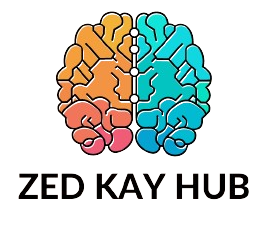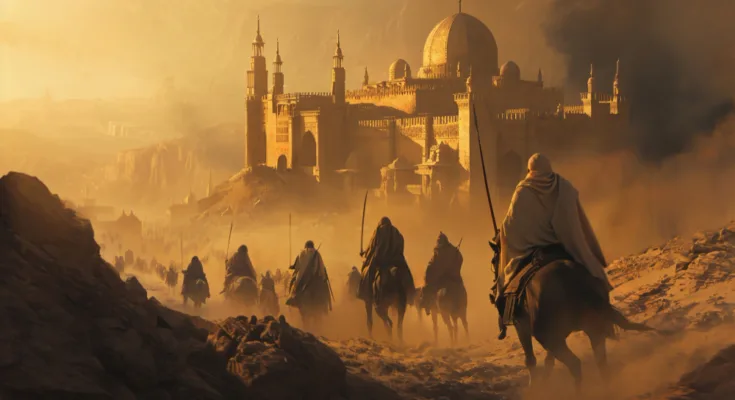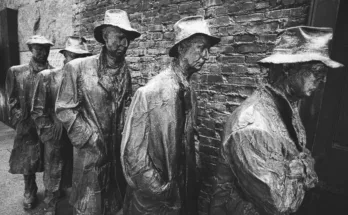Introduction
For thousands of times in the history of the throne empires, the human race and their deeds and accomplishments are written in the world chronicles and they leave a mark in our hearts. These huge political entities, in the context of the very large, which outline the continent, the epoch, or the eras affect the world affairs and hugely contribute to the diversity of human lives. This trip will take us to the big empires, and have the ancient period and the modern period covered.
Akkadian Empire (c. 2350–2150 BCE)
Overview
The Akkadian Empire, a city-state in Mesopotamia, plays the role of the first known empire in the history of mankind. It was brought up in the time of Sargon of Akkad and it provided for the union under a centralized government of all disparate city-states.
Achievements
The Akkadians were the forerunners in unifying the Akkadian tongue as their lingua franca, which enabled shared communication throughout their multi-lingual empire. Besides that, they have striking monuments and the famous Code of Ur-Nammu, a law that is considered the oldest written code of laws in history.
Hittite Empire (c. 1600–1180 BCE)
Overview
Ironworking, diplomacy, and military mastery were the core skills of the Hittite civilization which ruled Anatolia (modern-day Turkey) and parts of the Levant.
Legacy
The Hittites were known for their abundant literary sources, which were found in Hittite laws and treaties. Through their involvement in administration and lawmaking, their influence on the region lasted for centuries.
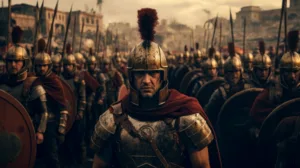
Assyrian Empire (c. 880–612 BCE)
Overview
The Assyrian Empire, known for its battle-hardened soldiers, conquered the largest areas in the Near East. The splendor of their capital, Nineveh, with its great palaces and extensive libraries, reflected the strength of their empire.
Notable King
One of the most famous Assyrian kings was Ashurbanipal, who was known for his impressive collection of books. He gathered and conserved, as well as developed knowledge in various fields
Roman Empire (27 BCE–476 CE)
Overview
The territory of the Roman Empire which included Europe, North Africa, and the Middle East can not be regarded as less than the foundation of the civilization of the West. It is a tradition that can still be found in engineering, architectural constructions, and law systems.
Legacy
Though Latin, the language of the Roman people, declined and Roman law was changed, still, the pattern of legal systems throughout the world followed Roman law. From structures like the Colosseum and the Pantheon what you get is the lesson over the engineering skills of those people.
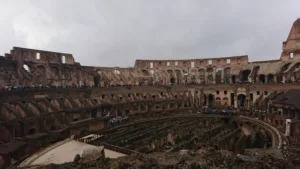
Mongol Empire (1206–1368 CE)
Overview
Under the guidance of Genghis Khan, the Mongol Empire defeated China and Eastern Europe in gigantic areas. It was the effective administration that made interactions between the merchants and other cultures possible.
Impact
The Candle that is known as the Silk Road reached its zenith during the Mongol reign, causing intercourse of products from East to West and vice versa.
British Empire (1603–1997 CE)
Overview
The British, with their colonial dominion spanning Africa, Asia, the Americas, and the Ocean, had infinite weight in terms of international influence. It performed a key function in the formation of the institutions and language and also contributed to the legal systems of today.
End of an Era
Following the World War II decolonization the British Empire began to decline while the old colonies chose the path to independence. It recreated the global political architecture.
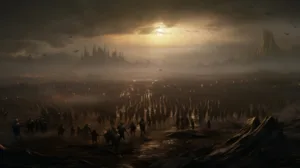
Spanish Empire (1492–1898 CE)
Overview
By encouraging their explorers, most of them led by Christopher Columbus, Spain surveyed the New World. The wealth, religion, and cultural exchange were the same. However, the people in the Old World and the New World were different.
Legacy
The Spanish language and culture, with its distinctive traits of architecture and cuisine, reached a wider world, and its unique features are still relevant in many regions that make up a culturally diverse and multilingual environment.
Ottoman Empire (1299–1922 CE)
Overview
The Ottomans (the Sultanate) that usurped those regions from Southeast Europe to North Africa lived to lead the entire history of mankind. The heirloom of their legacy gives the Hagia Sophia, with its architectural magnificence, just as well as the bustling Grand Bazaar.
Fall of Constantinople
In 1453, the Ottomans laid their hands upon Constantinople which in turn finished off the Byzantine Empire. Such a confrontation not only restructured the global political landscape but also demonstrated the strong Ottoman Empire’s power.
Conclusion
This mother of Empires, each of which had its contributions and difficulties, significantly contributed to the global history as we know it. Thus, their success and failure are a reflection of the fact that power is fleeting and human activity has long-lasting impacts. The study of the historical journey of empires leads us to the understanding of the complicated fabric of human civilization, the entangled web of cultures, and the redefining character of international relations.
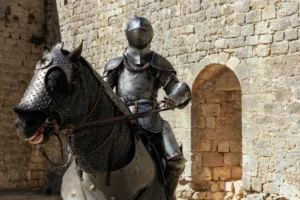
FAQs
Q: What were the main factors that gave these empires rise and fall?
A: The course of history and the rise of empires depended on many factors like military conquest, economic power, the level of technology development, political stability, and the ability to assimilate cultural patterns. There are also external adversities like foreign invasions or natural disasters. Furthermore, domestic strife, leadership issues, and socio-economic environments impacted the future of these kingdoms to a greater extent.
Q: What were the ways through which the empires made their dominion over the vast land and the states?
A: Imperial powers developed different approaches through which to remain in control, such as centralized systems of governance, bureaucratic administration, the use of troops, the strategic alliance of elite indigenous elements, and the imposition of cultural or religious norms. Also, communication and transportation networks worked as faster means of communication and easy movement of resources to the rulers. Thus, it gave rise to better management.
Q: What was the enduring effect of these empires: what factor, instrument, or practice did they leave behind?
A: The legacies of these empires varied in their diversity and longevity. They range from architectural wonders, journeys of scientific advancement and law-making, and languages that are spoken to cultural interaction, all of which necessarily influence present-day global processes. A case in point is that of Roman law, which transformed the law systems of today, while the spread of such languages as Latin and Spanish became cultural dynamics for interaction and communication.
Q: What was the main role of trade in the prosperity of these empires and how was it done?
A: Trade is one of the most important elements that brought empires wealth because it freed massive regions for material exchange, ideas, and technologies. The well-wired empires, such as the Roman and Mongol ones throughout the Silk Route, that contributed to trade reached its economic growth, cultural exchange as well as technological diffusion. Through control of the main trading routes, empires were able to accrue wealth, extend their influence, and even start diplomatic conversations with distant countries.
Q: Which event ultimately precipitated these empires’ final downturn and collapse?
A: Emperies deterioration and collapse were usually caused by an interaction of factors of internal weaknesses and the pressure from the outside world. They eventually collapsed amid challenges like military defeat, resource overstretch, poor administrative coordination, internal strife, disparity in economic classes, and changing global politics. Also, the development of centripetal and rival powers, ideological shifts, and societal changes were the other key things that triggered the downfall of these empires.
